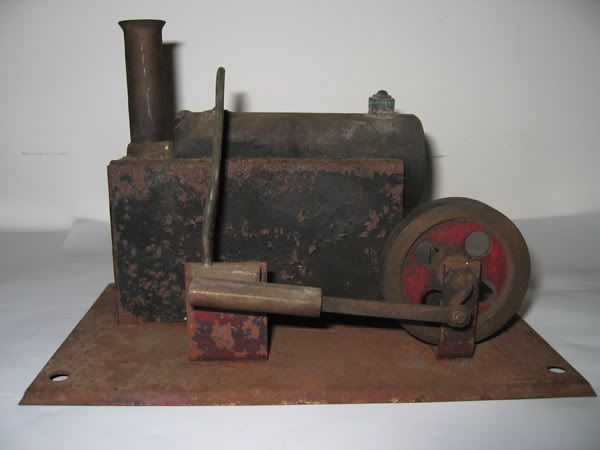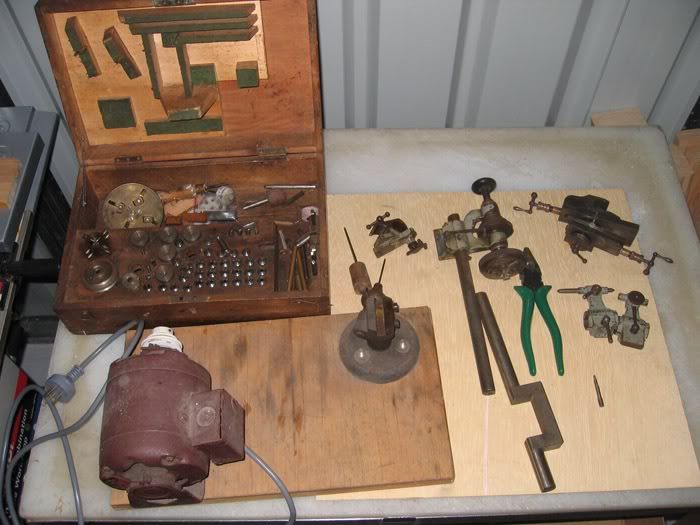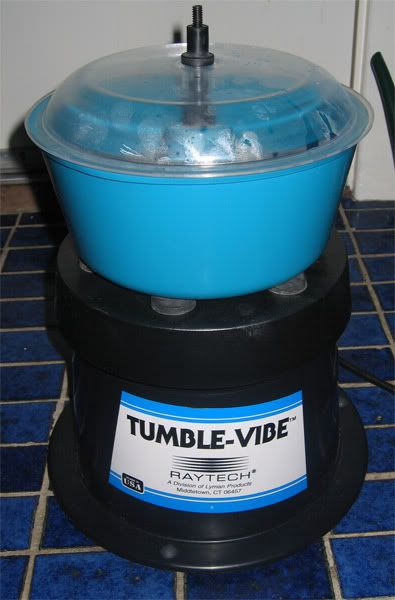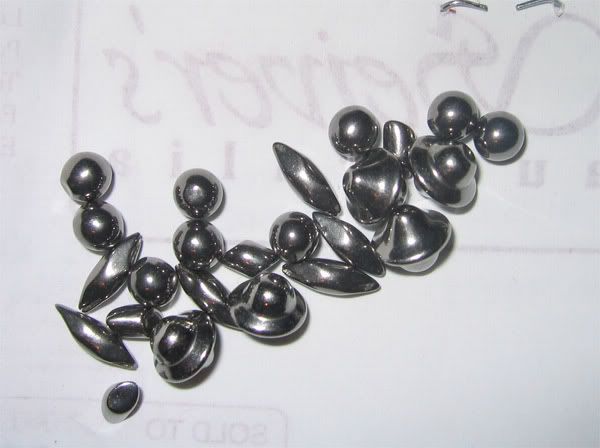The one job I really hate is removing lots of rust of odd shaped objects.
I usually use a couple of different sizes of wire brushes in my cordless drill followed by small wire brushes in my dremel to get right into the hard spots and finish with a coat of rust converter to get the last bits I can't reach but today I saw a small sandblaster attachment for under $50 for an air compressor.
At that price it obviously doesn't come with nice little box to use it in and to catch the garnet for reuse but for the small objects I do I'm happy just doing it outside with the appropriate PPE.
My question is how harsh are they?
Am I in danger of blowing a hole through mild steel sheet metal or would it be fine as I can see it saving me a lot of time.
The type of items I would be using it on are like the sheet metal base on the toy steam engine.

and the cast iron base of my watch makers lathe which is bolted to the wood in this photo.

Thanks
Tony
I usually use a couple of different sizes of wire brushes in my cordless drill followed by small wire brushes in my dremel to get right into the hard spots and finish with a coat of rust converter to get the last bits I can't reach but today I saw a small sandblaster attachment for under $50 for an air compressor.
At that price it obviously doesn't come with nice little box to use it in and to catch the garnet for reuse but for the small objects I do I'm happy just doing it outside with the appropriate PPE.
My question is how harsh are they?
Am I in danger of blowing a hole through mild steel sheet metal or would it be fine as I can see it saving me a lot of time.
The type of items I would be using it on are like the sheet metal base on the toy steam engine.

and the cast iron base of my watch makers lathe which is bolted to the wood in this photo.

Thanks
Tony






